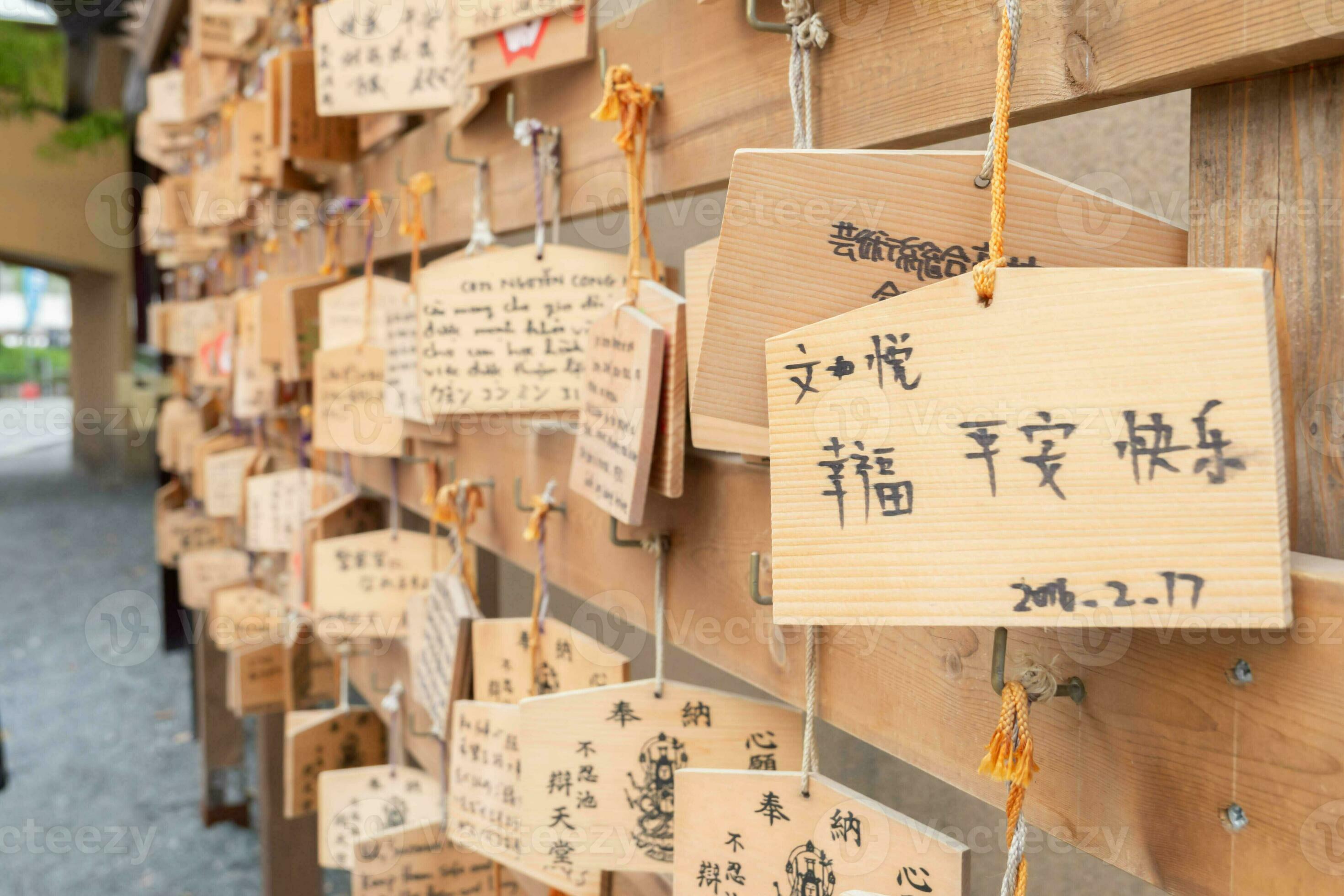Kioto, the ancient capital of Japan, is a city where tradition and history blend harmoniously, offering a colorful tapestry of celebrations that showcase the deep heritage of its inhabitants. Throughout the year, residents and visitors alike come together to celebrate Kyoto's rich cultural tapestry, from stunning processions adorned with intricate floats to serene rituals steeped in the past. Each event serves as a glimpse into the past, showcasing the craftsmanship, spirituality, and communal bond that define this charming city.
As the times change, so do the festivals, each bringing its own distinct energy and excitement. The Kyoto Cultural Celebrations are not merely happenings; they are vibrant expressions of long-standing traditions that continue to flourish in modern society. Whether it is the subtle charm of the Gion Matsuri in the seventh month or the bright hues of the Jidai Matsuri in autumn, each festival offers a glimpse into the enduring legacy of Kyoto's customs and the strong appreciation for the natural world and forebears that resonates through every gathering.
Cultural Significance of Kyoto's Festivals
Kyoto's celebrations have rich roots in the urban history, reflecting centuries of traditions that honor the shifting seasons, religious beliefs, and the agricultural cycle. Many of these celebrations can be traced their origins back to the Heian period, when aristocrats and clergy would hold rites for the gods, seeking favor for bountiful harvests and protection from calamities. This historical backdrop enriches the cultural fabric of Kyoto, as festivals became a way to maintain community ties and pass down cultural heritage through ages.
One of the most renowned festivals is the Gion Matsuri, which started as a purification rite to appease the gods during a time of plague in the 9th century. Over time, this festival has transformed into an elaborate celebration featuring gorgeous parades, traditional clothing, and a colorful display of local art and craftsmanship. Such gatherings like these not only underscore the city's historical struggles and triumphs but also serve as a testament of the importance of unity and collective spirit in the face of adversity.

Moreover, Kyoto's celebrations are closely tied to Shinto and Buddhist traditions, showcasing the city's spiritual heritage. These rituals often incorporate rituals that respect deities, reflect cosmological views, and mark life events. The intertwining of religion and festivity demonstrates how the city's culture has maintained its ancient ways while adjusting to modern society. This vibrant relationship between heritage and contemporaneity is a hallmark of Kyoto's celebrations, making them essential to understanding the city's historical and cultural significance.
Key Cultural Festivals in Kyoto
Kyoto is home to many cultural festivals that showcase its rich heritage and dynamic community spirit. One of the most renowned events is the Gion Matsuri, held throughout July. This festival features elaborate floats and classic parades, drawing thousands of visitors each year. The highlight is the Yamaboko Junko, where large floats adorned with detailed designs are paraded through the streets. This festival not just celebrates the city's history but also showcases the craftsmanship and artistry of Kyoto's artisans.
A different significant event is the Aoi Matsuri, which takes place in May. This festival dates back to the Heian period and is known for its graceful processions featuring participants clothed in period clothing. The procession moves from the Kyoto Imperial Palace to the Kamo Shrines, showcasing traditional rituals and practices tied to Shinto beliefs. Aoi Matsuri highlights the blending of spirituality and cultural heritage within the local community, drawing spectators to observe centuries-old traditions still revered today.
The Jidai Matsuri, or Festival of Ages, is celebrated on October 22 and offers a glimpse into Kyoto's historical timeline. Participants dress in clothing representing various eras from the city's rich past, paying homage to its progression from the Heian period through the Meiji Restoration. This festival not only entertains but serves as a living history lesson, fueling the appreciation for Kyoto's unique cultural identity. Each of these festivals plays a crucial role in preserving and promoting Kyoto's cultural traditions, ensuring they continue to thrive in modern times.
Preserving Customs via Festivity
The Kyoto Festivals stand as a symbol to the city's rich culture, embodying the spirit of Kyoto's customs. Each festival is an opportunity for the local community to unite, participating in age-old rituals that have been handed down through generations. https://festivation.com/kyoto-festivals honor significant events but also serve as a dynamic showcase of the special customs that distinguish Kyoto. The energy felt during these events emphasizes the significance of maintaining cultural uniqueness in a rapidly changing world.
Furthermore, Kyoto culture festivals are a venue for craftspeople and crafters to showcase their works, guaranteeing that traditional skills are continued. From detailed kimono designs to the rhythmic beats of taiko drums, every aspect reflects a part of Kyoto's deep history. By participating in these festivities, locals and guests alike foster their understanding for the splendor of artisan art, reinforcing the concept that culture thrives in communal settings. This intergenerational exchange during festivals fosters a community spirit and teaches the future generations about their history.
Ultimately, Kyoto's devotion to its customs through these celebrations shows the city's dedication to cultural sustainability. Festivals like Gion Festival and Aoi Matsuri not only welcome tourists but also include the community in meaningful ways. This blending of everyday life and heritage celebration ensures that the energy of Kyoto heritage remains thriving. As the city welcomes change while respecting its past, the celebrations of Kyoto become a vibrant expression of heritage that remains to delight all who witness them.
